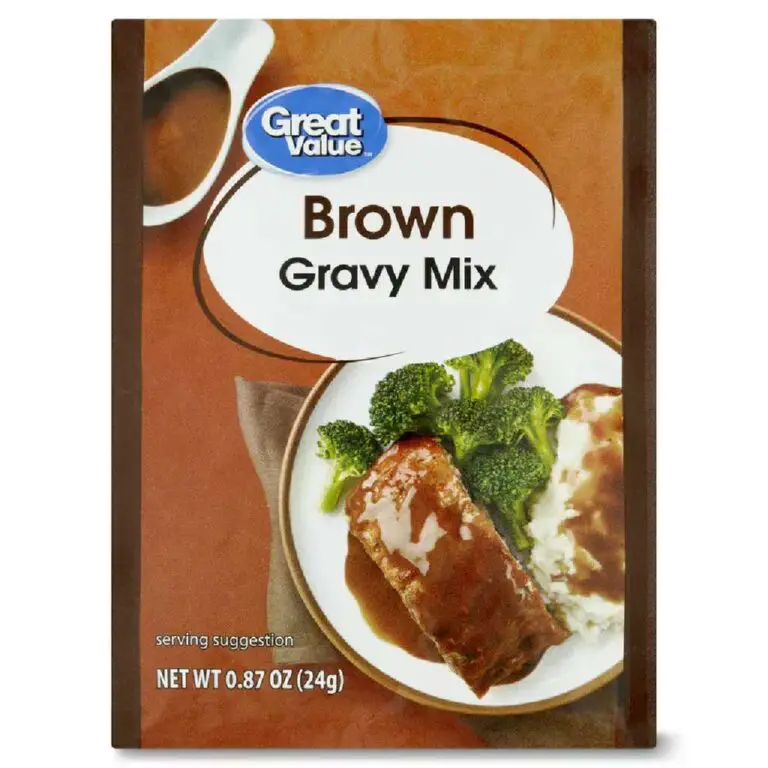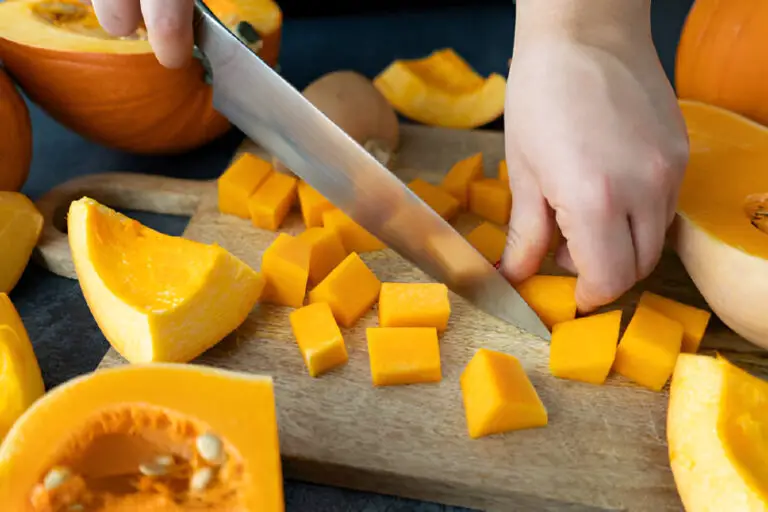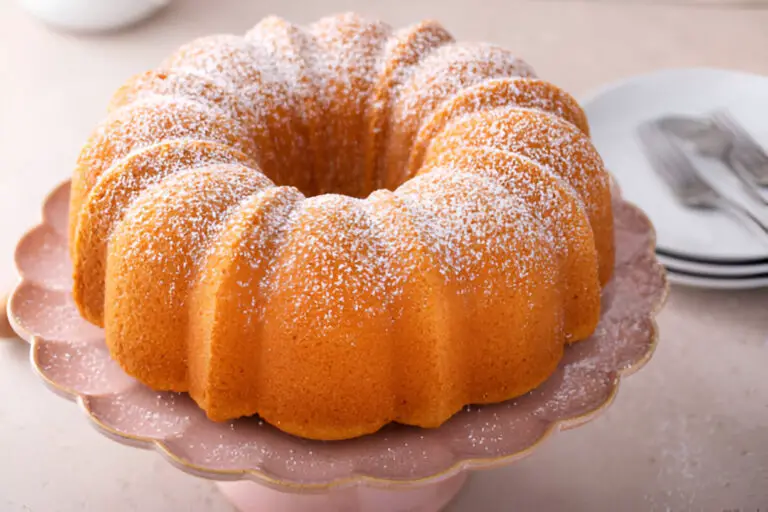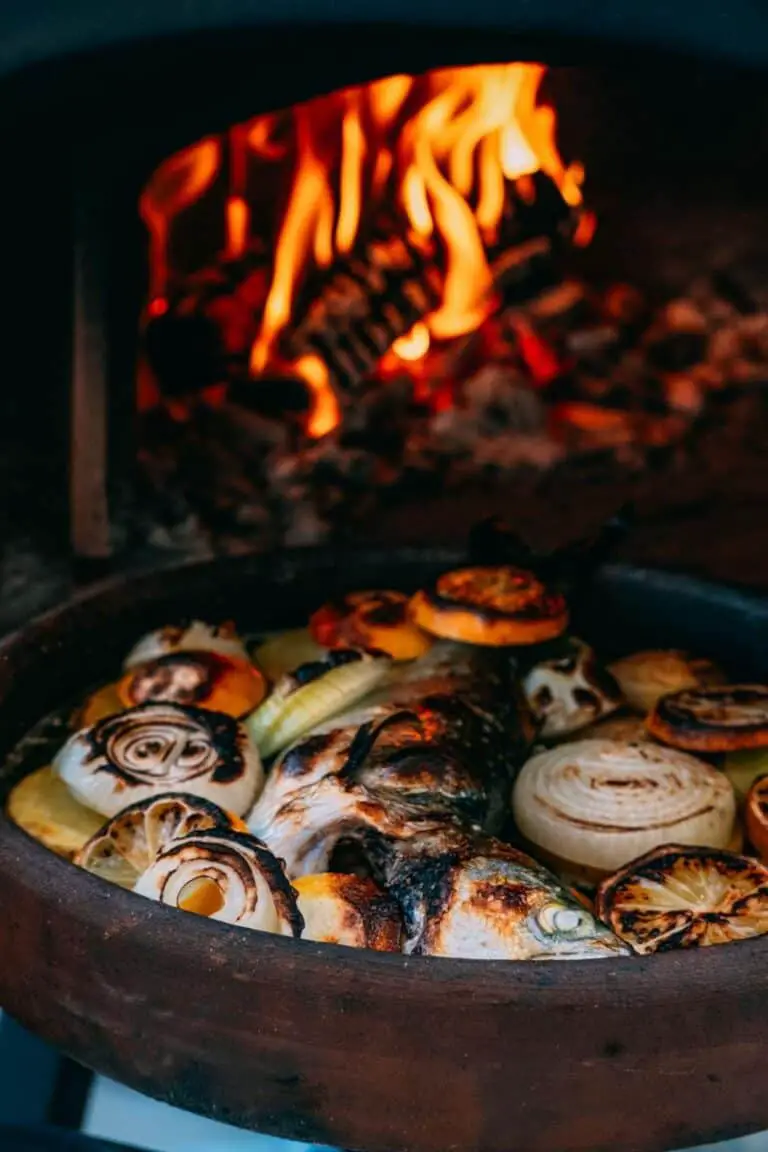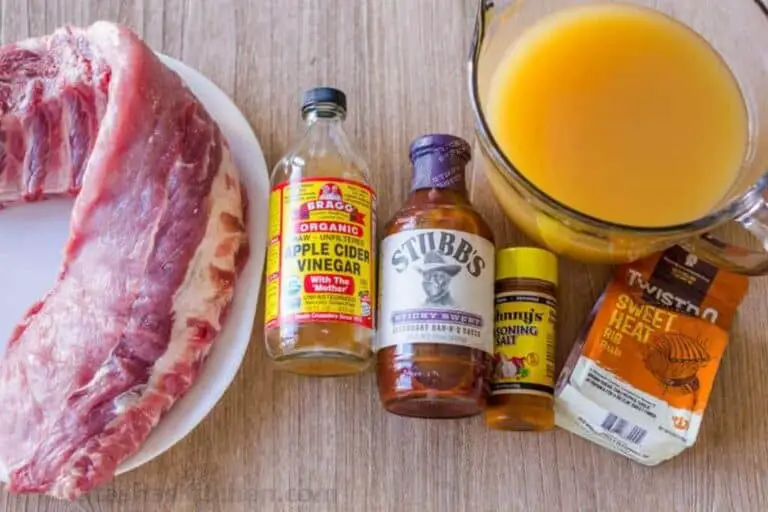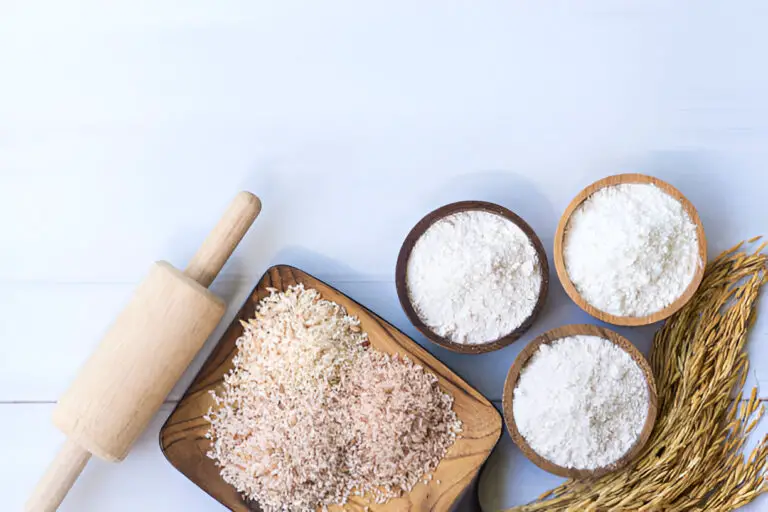What’s the Difference Between Sirloin and Flank Steak? A Meat Lover’s Guide

As a meat lover, I often find myself standing in the grocery store, staring at the butcher’s case, and wondering which cut of beef will steal the show at my next cookout.
Among the many options, sirloin and flank steak frequently vie for my attention. Both cuts boast robust flavors and lend themselves to a variety of dishes, but they each have unique characteristics that set them apart.
So, grab your apron, and let’s dive into the juicy world of sirloin and flank steak!
Understanding the Basics: What Are Sirloin and Flank Steak?
Before we dive into the nitty-gritty, let’s get familiar with these two popular cuts.
- Sirloin Steak: This cut comes from the back of the cow, just before the tail, and it’s known for its tenderness and rich flavor. Sirloin is often divided into two main types: top sirloin and bottom sirloin. The top sirloin is more tender and flavorful, while the bottom sirloin has a bit more chew.
- Flank Steak: Flank steak hails from the lower abdomen of the cow, specifically the flank area. It’s a lean cut with long muscle fibers, giving it a distinctive texture and a robust beefy flavor. It’s often marinated and sliced thinly against the grain for the best results.
Texture and Tenderness: The Battle of the Cuts
When it comes to texture, sirloin and flank steak don’t quite see eye to eye.
- Sirloin: Imagine sinking your teeth into a tender steak that practically melts in your mouth. That’s the Sirloin experience! With its fine grain and moderate fat content, this cut provides a buttery texture that pairs beautifully with a simple seasoning of salt and pepper. It’s ideal for grilling, pan-searing, or even broiling.
- Flank: On the other hand, flank steak boasts a firmer texture. The long muscle fibers can be a bit chewy if not prepared correctly. The key to maximizing flank steak’s tenderness is cutting it against the grain after cooking. When you slice against the grain, you break up those long fibers, making each bite more enjoyable. Flank steak shines in marinades and is perfect for dishes like fajitas and stir-fries.
Flavor Profiles: A Taste of Each Cut
Both sirloin and flank steak bring their own flavor profiles to the table, making them versatile options for various dishes.
- Sirloin: If you’re looking for a cut that delivers a well-balanced flavor without being overpowering, sirloin is your go-to. Its richness makes it an excellent canvas for marinades and seasoning blends. Whether you’re grilling it with a smoky barbecue rub or simply seasoning it with garlic and herbs, sirloin holds its own in the flavor department.
- Flank: Flank steak, on the other hand, packs a punch. Its beefy flavor shines through, especially when marinated. Think of it as the bold, adventurous cousin of sirloin. Whether you’re soaking it in a zesty chimichurri or a savory soy sauce marinade, flank steak’s flavor stands up to robust seasonings, making it a favorite for taco night or steak salads.
| See also: How Long Can Soy Sauce Marinate Steak? Can You Keep It Overnight? |
Cooking Methods: Best Practices for Each Cut

When it comes to cooking these two cuts, the methods you choose can make all the difference. Here’s a quick guide to getting the most out of each steak:
| Cooking Method | Sirloin | Flank Steak |
| Grilling | Perfect for direct heat; sear on high heat for a few minutes each side, then finish over indirect heat. | Grill over medium-high heat, searing each side, then allow to rest before slicing. |
| Pan-Searing | Sear in a hot skillet with a bit of oil; cook to desired doneness. | Quick sear, then finish in the oven if thick; slice after resting. |
| Broiling | Place on a broiler pan and cook until browned; great for thicker cuts. | Broil quickly, but keep an eye on it to avoid overcooking. |
| Sous Vide | Cook to your preferred doneness, then sear for flavor. | Sous vide enhances tenderness; finish with a quick sear. |
Nutritional Breakdown: Which Cut Wins?
While I love indulging in a good steak, I also keep an eye on the nutritional side of things. Here’s a quick comparison of the nutritional profiles of sirloin and flank steak:
| Nutrient | Sirloin (3 oz) | Flank Steak (3 oz) |
| Calories | 190 | 200 |
| Protein | 24g | 25g |
| Fat | 9g | 10g |
| Carbs | 0g | 0g |
| Iron | 15% DV | 14% DV |
Both cuts are excellent sources of protein and iron, but flank steak is slightly leaner overall.
Cost Considerations: Budget-Friendly Cuts
When I’m meal planning, budget plays a significant role. Sirloin tends to be a bit pricier than flank steak, but both cuts are relatively affordable compared to premium options like ribeye or filet mignon. If you’re feeding a crowd, flank steak often gives you more bang for your buck.
Can You Substitute Sirloin for Flank Steak?
Absolutely, you can substitute sirloin for flank steak, but there are a few things to keep in mind. While both cuts come from different parts of the cow, they each offer unique flavors and textures that can impact your dish. Sirloin, known for its tenderness and rich flavor, can work well in recipes calling for flank steak, especially if you prepare it thoughtfully.
When substituting, consider the cooking method. Sirloin is best suited for grilling or pan-searing, where you can achieve a nice crust while keeping the inside juicy. Flank steak often benefits from marinating, which helps tenderize it due to its firmer texture. If you choose to use sirloin in place of flank, try marinating it briefly to infuse additional flavor.
It’s also essential to slice the steak correctly. Flank steak is typically sliced against the grain to enhance tenderness, and while sirloin is more forgiving, you should still cut it properly to ensure each bite is delicious. If you’re making fajitas, stir-fry, or steak salads, using sirloin instead of flank can yield tasty results that satisfy your cravings.
| Read: Mastering Bistro Steak: An Easy Guide for Home Cooks |
What Is a Better Cut of Meat Than Flank Steak?
There are many different types of meat that can be used for cooking, but there are some that are considered better than others. Flank steak is a good example of a quality cut of meat that is often used in recipes. However, there are some other options that may be a better choice, depending on what you are looking for.
One alternative to flank steak is sirloin steak. This is a more tender cut of meat that is also a little more expensive. Ribeye steak is another good option and it is known for being juicy and flavorful. These are just a few examples of better cuts of meat than flank steak, but there are many others to choose from.
When looking for a good cut of meat, it is important to consider the different factors that make a difference in quality. Things like marbling, tenderness, and flavor are all important considerations. It is also important to consider the price, as some cuts of meat are more expensive than others.
Ultimately, the best cut of meat is the one that meets your needs and fits within your budget. There are many different types of meat to choose from, so take the time to explore your options and find the perfect one for you.
Here is a table comparing different cuts of meat to flank steak:
| Cut of Meat | Flavor | Tenderness | Price |
| Skirt Steak | Similar | Similar | Similar or slightly less |
| Tri-Tip | Stronger | More tender | Slightly more expensive |
| Sirloin | Milder | More tender | Slightly more expensive |
| Ribeye | Richer | More tender | Significantly more expensive |
| Filet Mignon | Mild | Very tender | Significantly more expensive |
Overall, the choice of cut of meat depends on personal preference and budget. Skirt steak is a good alternative to flank steak, as they are similar in flavor and tenderness but may be slightly less expensive. Tri-tip and sirloin are also good options for those looking for a slightly more tender cut, while ribeye and filet mignon are significantly more expensive but provide a richer flavor and even more tenderness.
Final Thoughts: Choosing the Right Cut for You
At the end of the day, the choice between sirloin and flank steak boils down to personal preference and the dish you’re preparing. If you crave tenderness and a versatile flavor, sirloin is your friend. But if you’re in the mood for something bold and flavorful, flank steak will steal the spotlight.
Next time you find yourself at the butcher’s counter, consider the meal you want to create and the flavor profile that excites your taste buds. Both sirloin and flank steak have their own unique charm, and with a little creativity, you can make either cut a star in your kitchen.
So, fire up the grill or heat that skillet, and let’s get cooking! What’s your favorite way

